This timeline chronicles more than 250 years of Brown University’s history.
These are key milestones from the 1970s.
This timeline chronicles more than 250 years of Brown University’s history.
These are key milestones from the 1970s.
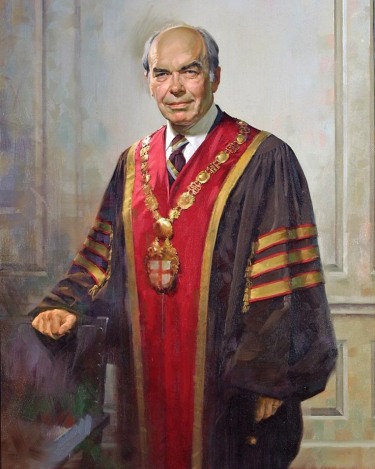
Arriving at Brown from his role as Vice President at the Eastman Kodak Company, Donald F. Hornig was the first president to come directly from industry, although he had previously served on the faculty in chemistry and as Dean of the Graduate School. Facing student unrest and a falling endowment, he announced a period of retrenchment. President Hornig presided over the merger of the (men’s) college and Pembroke as well as the development of the medical school, while also improving Brown’s financial position through targeted, although frequently unpopular, spending cuts.
1970–1976

In response to the country’s ongoing involvement in the Vietnam War, students gathered on the College Green to hear speakers and to vote on a strike, which passed with 1,895 in favor and 884 against. While the University remained open, for the remainder of the academic year, students were allowed to attend classes or work in the anti-war movement, or both. Final exams were optional and Campus Dance was cancelled. The introduction of open discussion workshops during the reunion weekend would become an ongoing tradition: Commencement Forums.
May 1970
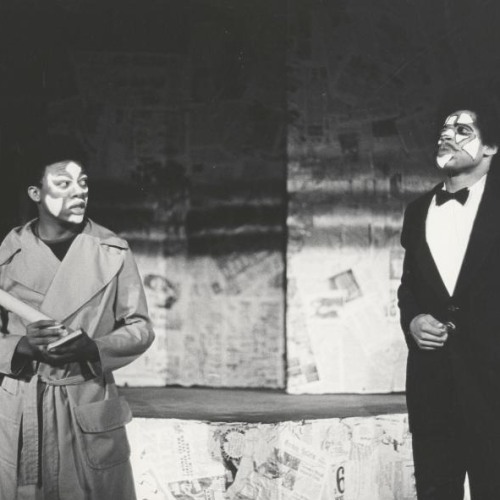
One of the oldest continuously performing black theaters in the nation, the Rites and Reason Theatre was founded by Professor George Houston Bass in 1970. After a few seasons of performing existing works, they developed the Research-to-Performance Method. This collaborative approach engaged scholars, writers, and community members in the creation of new works. The first of these works, The Providence Garden Blues, was based on an independent study in which Professor Rhett S. Jones’ students interviewed local African Americans on the subject of race relations in Providence in the early 20th century. In 1973, the theater moved to a permanent home in Churchill House and in 1975, the theater became part of the Program in Afro-American Studies (today’s Department of Africana Studies).
September 1970
From the time in 1891 when women were first permitted to take classes, stand for examinations, and receive Brown degrees, they had been admitted to and enrolled in a separate college, first the Women’s College, later Pembroke College in Brown University. In 1971, Pembroke College and “The” College merged into a single entity.
July 1, 1971

Replacing the existing Biological Sciences and Physical Sciences Libraries, the new Sciences Library opened with a capacity of 450,000 volumes. The building, built in the Brutalist architectural style, has fourteen stories of poured concrete.
December 1971
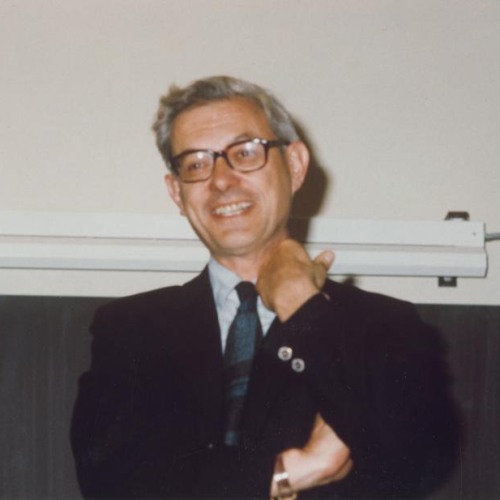
In 1973, Dr. Stanley M. Aronson was appointed the founding Dean of Medical Affairs. In that role, he built and led the expanded medical education program. During his eleven-year tenure, applications increased ten-fold and key programs and partnerships were established, building on the program’s founding principle of excellence in patient care guided by humanistic values. He went on to establish the first hospice program in the state of Rhode Island.
1973
In 1973, African American upperclass students created the Minority Peer Counseling (MPC) Program. These students volunteered their time to provide black first-year students with academic support emphasizing a sense of community, tradition, and strength. In the ensuing years, the program expanded to encompass support of the success of all minority students in a diverse environment.
January 1973
Excerpts from a film by Oren Jacoby, Class of 1977, with Lars Ruud, Class of 1977, and Miriam B. White, Class of 1975.
1975
On June 2, 1975, Brown awarded Doctor of Medicine degrees to 58 students–45 men and 13 women. This was the first medical class since the 1820s to pursue and complete academic medical studies and clinical training within Rhode Island’s borders.
June 2, 1975
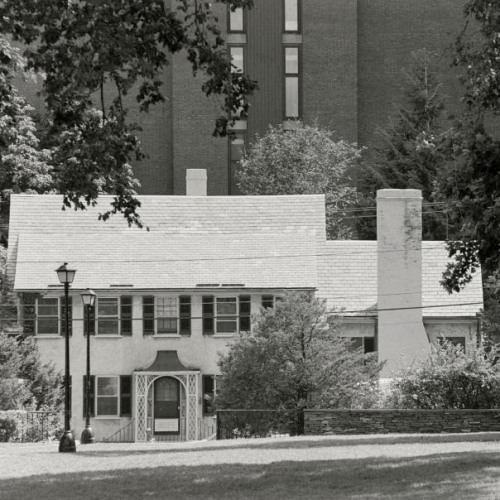
Named for the educator and activist instrumental in the founding of the Women’s College at Brown, the Sarah Doyle Women’s Center was opened September 8, 1975 to offer programs and services for all members of the Brown community. SDWC helps students and others place their work inside and outside the classroom within the context of current and historical movements and research.
September 8, 1975
At Brown, students embraced the use of the phrase “Third World” over “minority” to collectively address the needs of students of color without suggestions of inferiority and powerlessness. The Third World Center was opened to meet the needs of Asian, Black, Latino, and Native American students in response to student protests in 1968 and 1975. Today, the center continues to provide “an arena in which students can explore cultural heritages and learn about race and ethnicity as components of American identity.”
1976
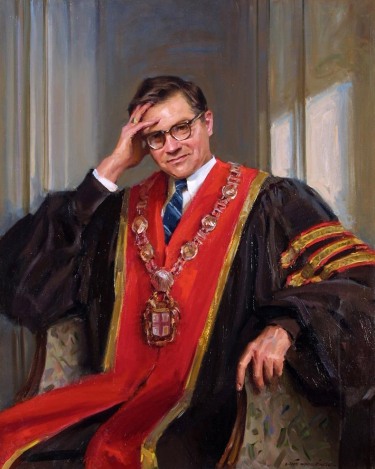
Howard Swearer became president as Brown was beginning to make a financial recovery; he led a successful capital campaign that garnered $180 million and greatly improved the University’s financial picture. The popularity of the school during his administration was reflected in receiving record numbers of applications; the 13,000 in 1984–1985 was the largest number in the Ivy League. Swearer was a strong advocate for undergraduate public service (Brown’s Center for Public Service now bears his name). He oversaw the creation of a number of new centers, programs, and departments and was much admired by the faculty, who awarded him the Rosenberger Medal, the highest honor it can bestow, given for the first time to a sitting president. After 11 years as president, Swearer resigned to run the Institute for International Studies that he had helped found.
1977–1988
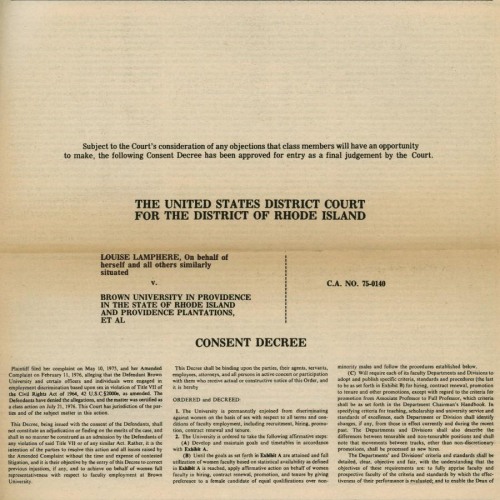
After being denied tenure by the Anthropology Department, assistant professor Louise Lamphere filed a class action lawsuit against Brown in 1975, charging the University with systematic discrimination against women. Brown ultimately settled the suit by means of a consent decree, with specific procedures for hiring and promoting faculty. As a result, tenured female professors increased from 12 in 1977 to 67 in 1992. In 2008, Lamphere donated $1 million to Brown to establish a visiting professorship in gender studies.
1977